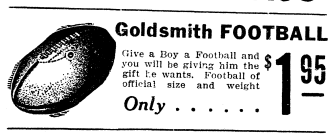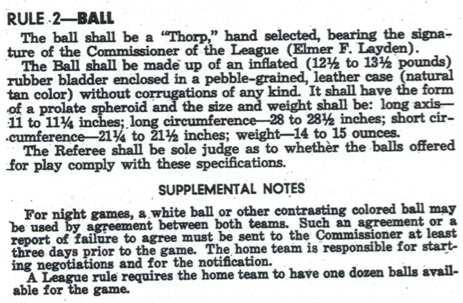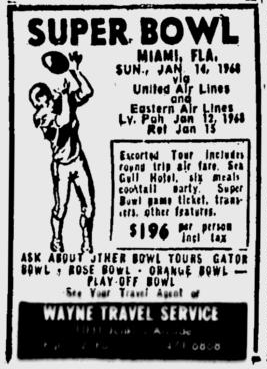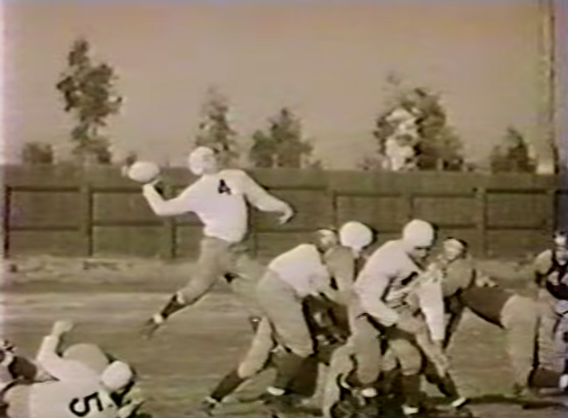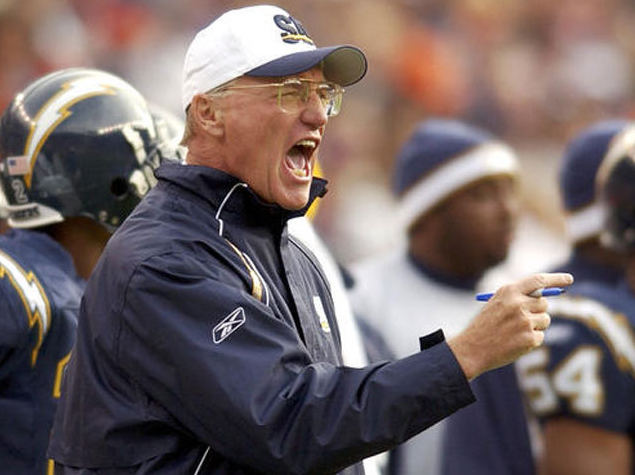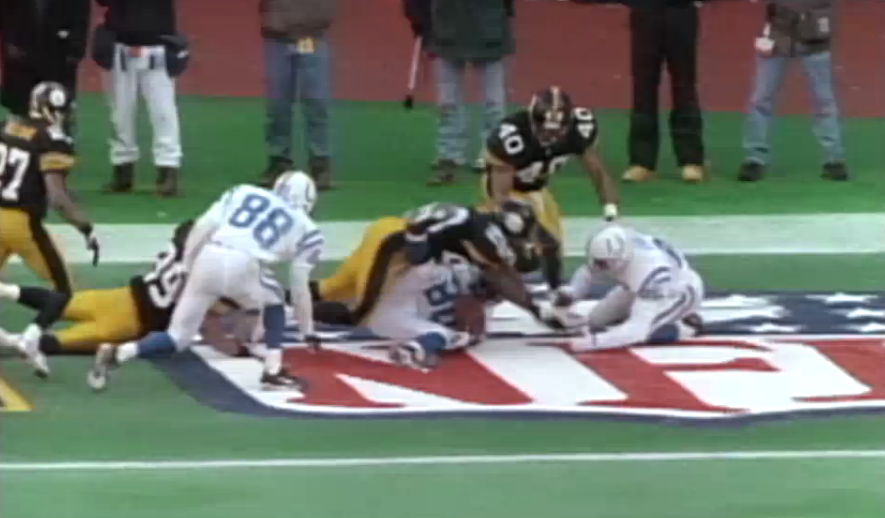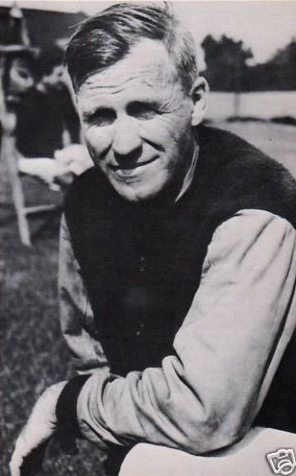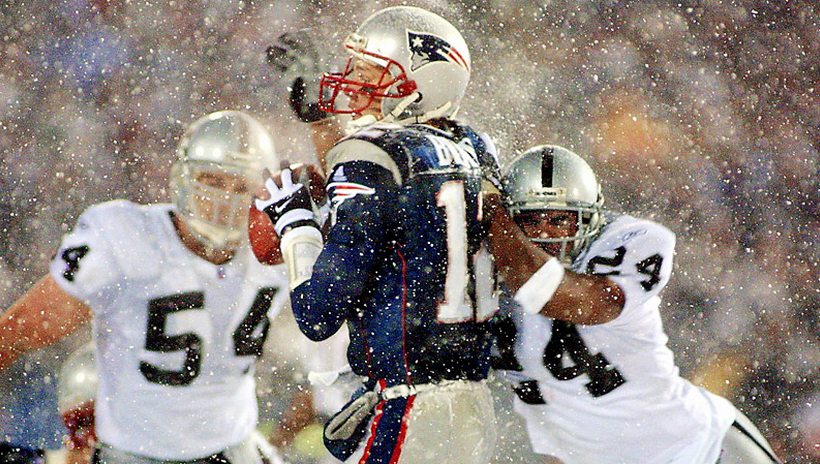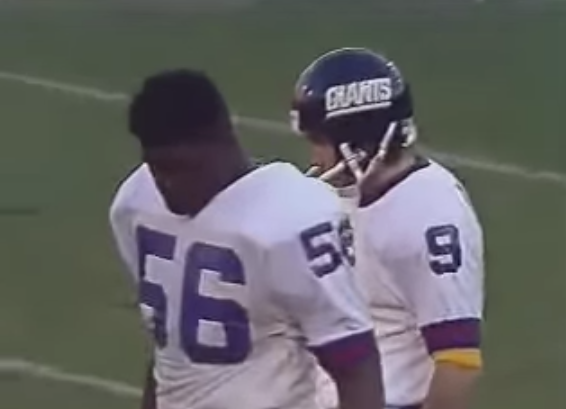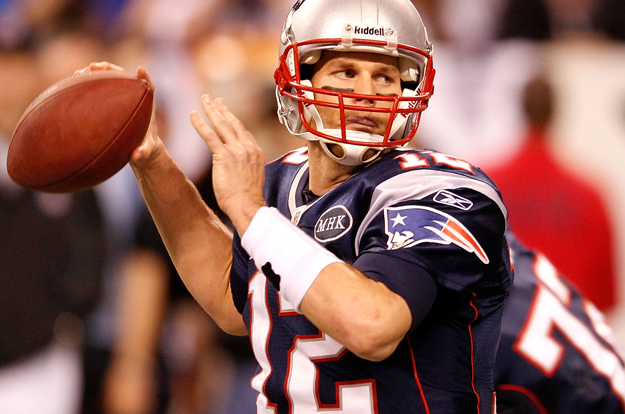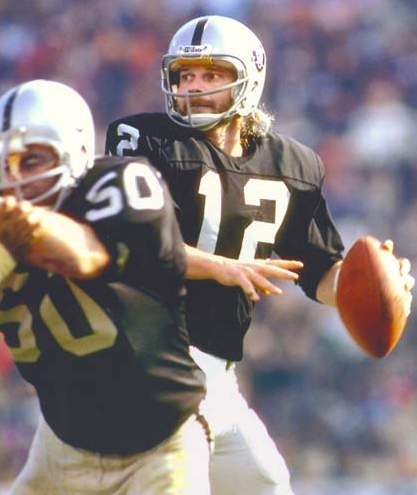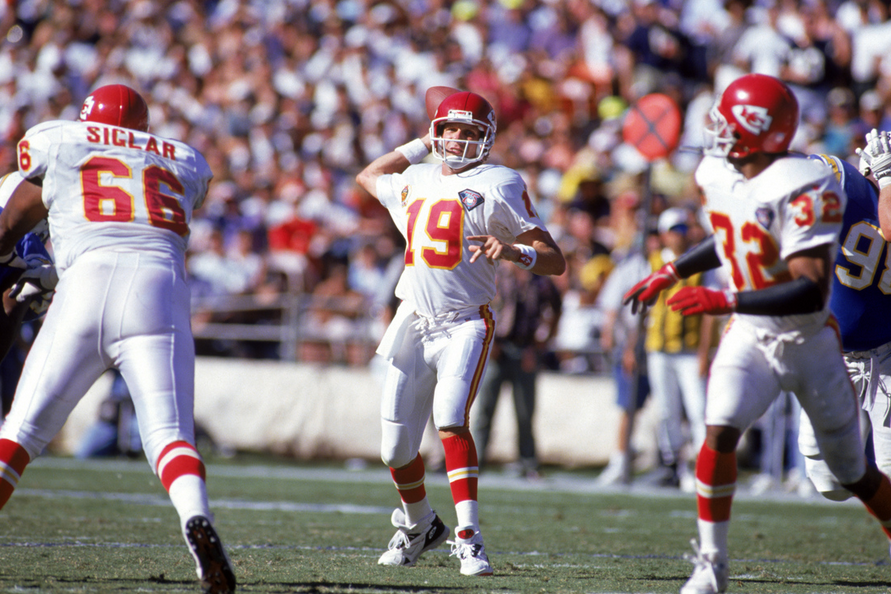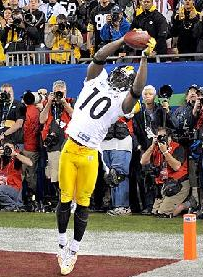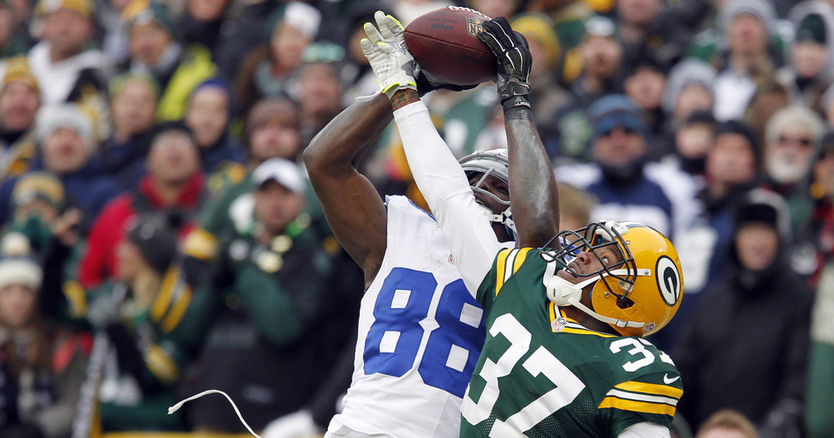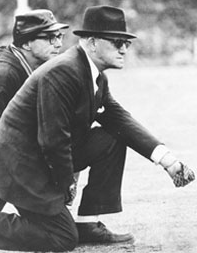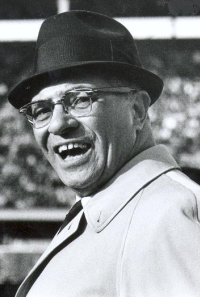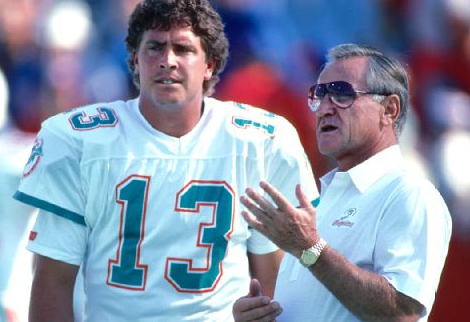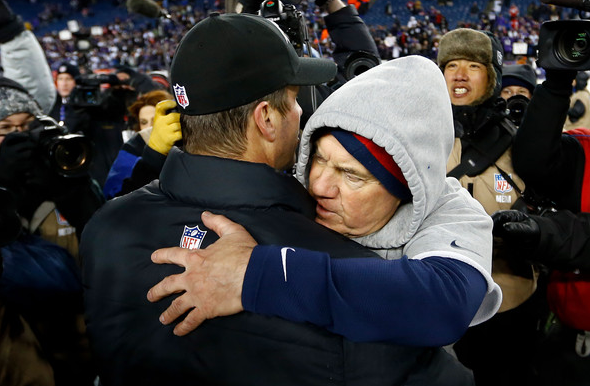It’s been ages since a Pro Bowl could be called memorable. These days, “perfunctory” is the word that usually comes to mind (with “unwatchable” a close second).
The game had a bit more of an edge to it, though, in the ’50s and ’60s. The financial difference between winning and losing was more meaningful, salaries being what they were, and there was a rivalry between the conferences, Eastern and Western, that was a lot like baseball’s All-Star Game — only nastier, because this was, after all, football.
The Pro Bowl 50 years ago certainly caused a stir — the likes of which hasn’t been seen since and may never be again. In the third quarter, Browns quarterback Frank Ryan suffered a dislocated shoulder when he was slammed to the ground by Colts defensive end Gino Marchetti, and Ryan claimed it was retaliation for something that had happened in the NFL title game two weeks earlier.
The backstory: With 26 seconds left in the championship game — and Cleveland leading favored Baltimore 27-0 — Browns fans stormed the field and took down the goal posts. The officials were all for calling it a day at that point, and so were the badly beaten Colts. But Ryan wouldn’t go along. Cleveland had the ball at the Baltimore 16, and he wanted to score one more touchdown.
Naturally, this didn’t set well with Marchetti and his mates. When the Pro Bowl rolled around, Gino was still steaming about it — and was quoted in various newspapers as saying he wanted “one more shot” at Ryan.
In the second half he got it. On one play, the East’s pass protection completely broke down and the defensive line came pouring through. According to one account, “Ryan dropped back to pass, but before he could get the ball away [Rams tackle Merlin] Olsen grabbed him around the waist. Marchetti, blocked to the outside, swung in from behind and twisted Ryan to the turf with the same motion used to pop a cork out of a champagne bottle.” Here’s the best photo I’ve come across of the hit:
Afterward, Ryan, somewhat groggy, shrugged it off as Just Football. Marchetti, meanwhile, seemed quite proud of the play. “Yes, sir, I was in on the tackle,” he said. “And I’d say it was a pretty good tackle.”
In the days that followed, though, Ryan was more talkative. “I don’t think the Colts had any reason to get upset” when he wanted to score again at the end of the title game, he said. “After all, they didn’t hold back in their 52-0 rout of the Chicago Bears earlier in the season. But no one heard the Bears complaining.
“Sure I wanted to call one [more] play. The object of the game is to score points. We’ve got a slot end named Johnny Brewer. He’s a fine player, but he hasn’t gotten much acclaim. I wanted to give him the opportunity to score in the championship game, but I guess the Colts interpreted it as an attempt to belittle or embarrass them.
“Marchetti . . . is supposed to be a good ballplayer. He didn’t get within breathing distance of me in the championship game. Maybe that had something to do with the way he felt.”
Gino chalked it up as “just one of those things,” adding: “I have never taken a cheap shot at anyone. More from The Associated Press: “Marchetti admitted that he had said before the game he would like to get a shot at Ryan because of the Browns’ 27-to-0 whipping of the Colts in the championship game. But he said this was just a natural feeling after such a defeat and was not meant to imply he wanted to deliberately rough Ryan.”
Ryan had another Pro Bowl season the next year, leading the Browns back to the title game (which they lost to the Packers). So clearly there were no lingering effects from The Hit. As for Marchetti, he retired after the ’65 Pro Bowl and never crossed paths with Ryan again (though he did unretire to play four games two years later).
Still, the Pro Bowl made for great copy for a few days in January 1965. Imagine that.


